Team Defence Session plan
Hey everyone,
For this month’s training content I’m sharing a Team Defence Session plan which I ran with campers at the Disc In camp in France recently. The session works on players awareness and communication, including their ability to work with each other to contain and frustrate the offence.
This article features several Patron-only videos which contain the specifics of the drills.
Here’s the basic plan, lasting around 3 hours:
1) ‘Hey’ game
2) 3v1 Cone Defence Reaction game
3) Lateral Switching drill
4) Vertical Switching drill
5) Triple sandwich surrounding drill
6) Trent’s surrounding drill
7) Triple fist bump conditioned game
First order of business (after a warm up) is to break the ice and get players communicating. You can be creative here – the aim is to get everybody looking around, gesticulating in some way, and using their voice. One way to do this is the “hey” game – everyone in a circle, point at a player and say ‘hey’, they have to point at another player and say ‘hey’, and so on. If two people react because they both thought they were being pointed at, then continue with two ‘hey’s being passed around. If a player doesn’t see / react to being ‘hey’d, the ‘hey-er’ should continue pointing and repeating ‘hey’ until they get their attention. You can start a round with two ‘hey’s at the same time to spice things up. You can also split into smaller groups for more involvement.
Simply pointing and saying ‘hey’ can be effective as communication on defence for a variety of situations. Switching, surrounding, alerting teammates to your poach – if a defender is pointing and saying ‘hey’ then it’s miles better than staying silent in these situations, and the tone of their voice, the situation, and the target of their pointing will usually tell their teammates everything they need to know.
Next up, the 3v1 Cone Defence Reaction game. This gets players recognising movement of their teammates and the opposition at the same time, recognising spaces / threats on the field as they develop, and moving to cover them. Players should immediately be using lots of pointing and ‘hey’ shouts in this disc-less exercise. Throughout this (and every subsequent) drill, remind players they should be communicating – there should be plenty of noise during this sessions:
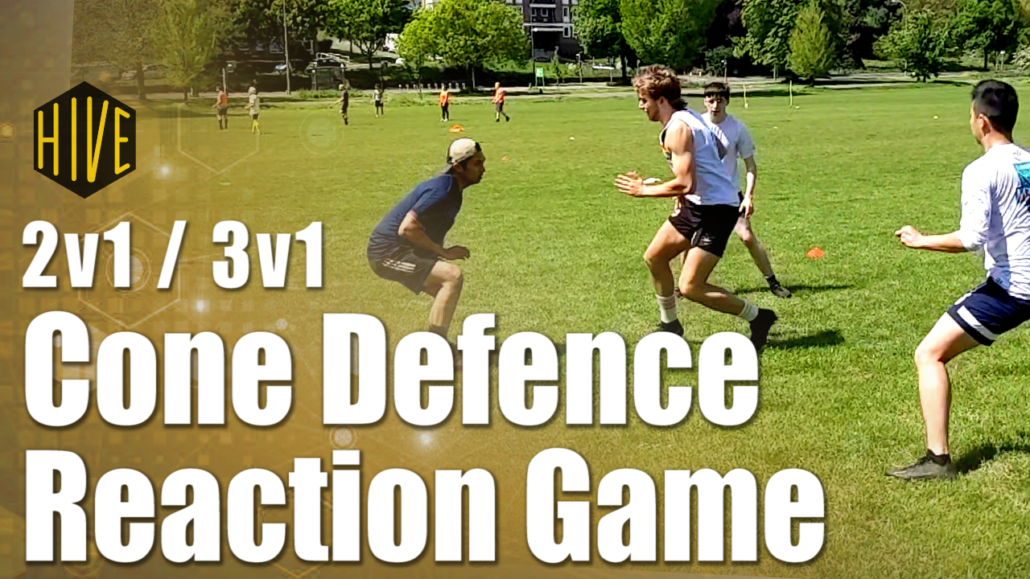
In the next drill a disc is introduced, as two players work together to bracket and cover a couple of O players working in a shallow, lateral space. During / after the demo of this drill, it’s worth talking to players about how unique each situation is, and how there aren’t so many “hard and fast rules” to abide by when playing defence like this. Their best weapons are their awareness and communication, and their ability to adapt to each situation as it develops. Rules of thumb can help, and it’s great to chat and recognise what they could’ve done differently after a rep, but this is a learning process for everybody involved. Break into groups of 6-7 for the Lateral Switching Drill (can be run without a defender marking the disc):

The next drill – originally called the Conical Switching drill but then revolutionised byIzzy Collins by removing all cones and renaming to the Vertical Switching drill – is similar, but this time the space is vertical, so the defenders are executing under/deep switches. Having one thrower with a force on works fine for this exercise:
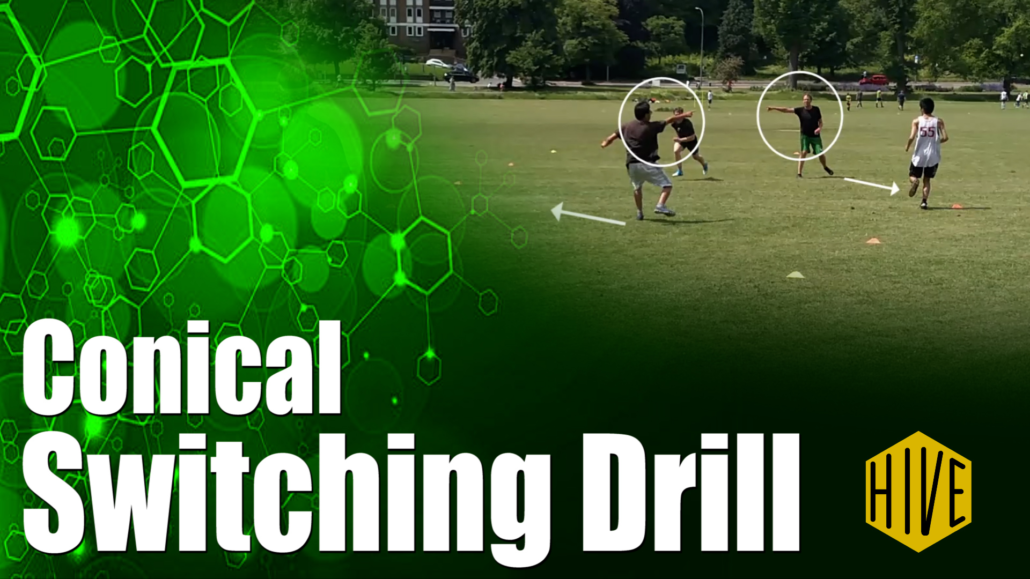
Triple Sandwich Surrounding drill – now the concept of surrounding is introduced. You can talk about how, at the moment of a switch, two defenders are essentially surrounding two offence players, and would be in a good position to ‘re-switch’ (stick with their original marks) if those players changed direction. When two or more players are in very close proximity to each other, surrounding them is more efficient for the defence, at the expense of match-ups. When setting up this drill, encourage players to position the three defenders around the tight three-person stack, and discuss the priority areas in a one-way force situation.
After I introduced surrounding to the university team I coach, they developed it further, and would bring the break side defender much closer to the stack than the open side defender. Ask players why they might have done this, and walk through a couple of examples where this adjustment pays off.
When walking through examples, demonstrate how defenders need to cover the space created by offensive movement. Also demonstrate a classic ‘rubber’ play, where the two front players split and the back player comes forward, and focus on how the furthest back player must stay active and aggressive with closing down the last player when they recognise the movement of the other two.
When running this drill, be sure to switch from a vert stack to a side stack half way through – this changes the dynamic significantly and serves as valuable practice.
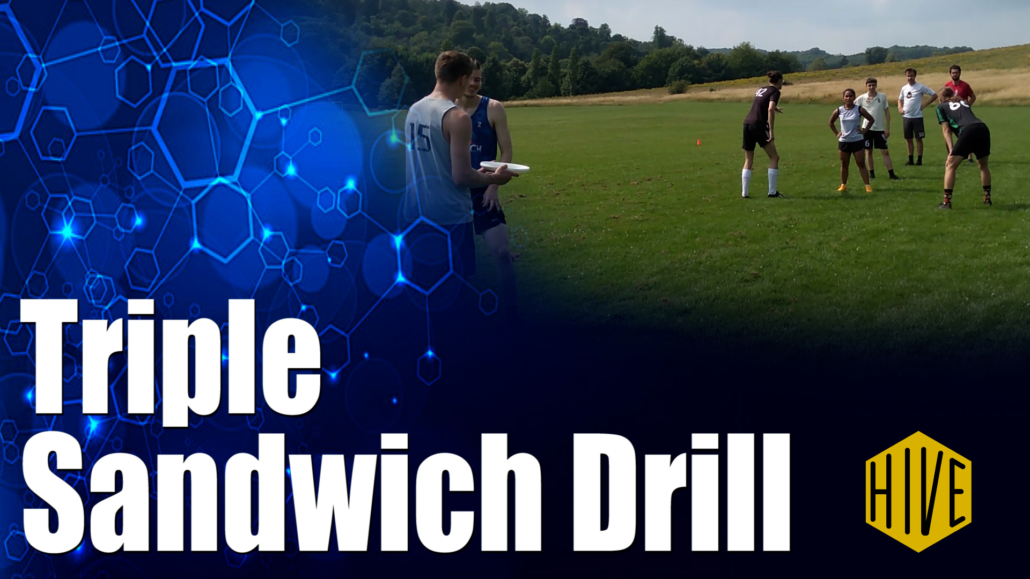
Next up is a classic – Trent’s Surrounding Drill. Introduce ‘push’ and ‘pull’ shouts during the explanation / demonstration (to move teammates away from / towards the origin of the shout), and be sure to walk through a few demos where a defender needs to stick to an offensive player who has ‘broken through’ the D, and shepherd them back in to the stack (and how the other defenders should react to the space being created by the defender leaving, and then rejoining the surrounding setup). This drill works well with 6v6, where the O must keep 3 players within the stack at all times.
It can take a while for this drill to work well – often there will be one or two players who really ‘get it’, are really vocal and help motivate/coordinate their teammates – move these players between groups/teams so that all the other players get the experience of playing with them, as it will really bring their level up.
As mentioned in the video, classic things you’ll need to re-iterate are the ‘shepherding’ of free O players back into the stack rather than forgetting about them, and dissuading players from using their arms to block cuts (“beat them to the space with your legs”). The last group I ran this session with started calling it the “Sheepdog drill”.
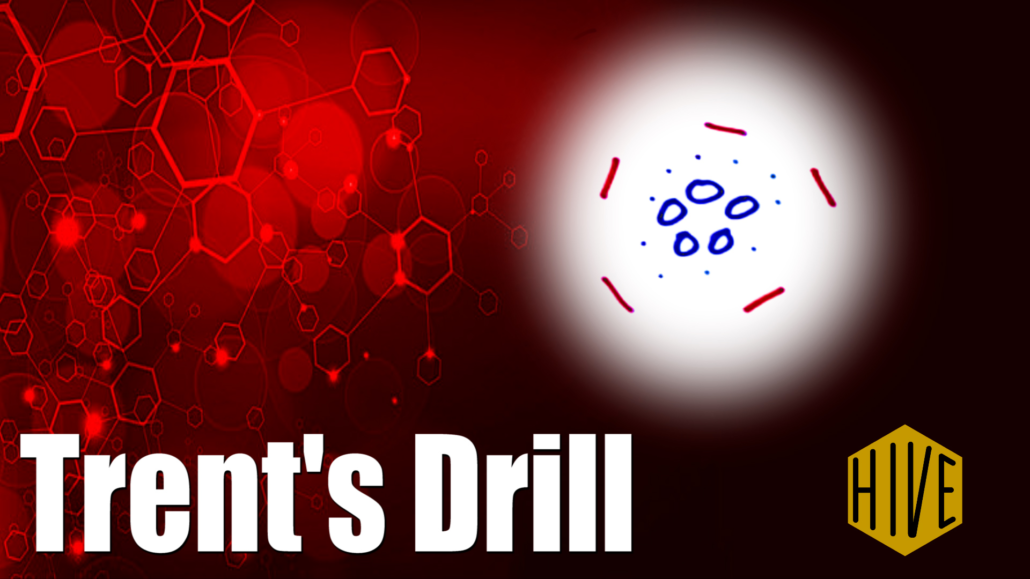
Finally, the Triple Fist Bump conditioned game. The purpose of this condition is to give the defence clear opportunities to switch/surround mid-point, by recognising early that the offence are bunching up, and reacting accordingly. Full details of this game condition are available in the Patreon post.
At the end of the session you can talk about how utilising teamwork between defenders is an incredibly powerful tool which is very under-used in ultimate currently. You can note how sometimes a blown switch will cause a player to be wide open, and often this elicits the response from a coach to abandon the idea of switching/surrounding because the failure was so monumental. However, this response isn’t logical because 1-to-1 defence fails very frequently, and when it fails the coach doesn’t consider abandoning the idea – they mostly consider making small adjustments or wishing their players had run more track in the off-season.
Defence is never perfect, and 1-to-1 has clear limitations, but harnessing teamwork takes the ceiling off what it’s possible to achieve. If the success of your D depends more upon your awareness and communication skills, then it gives players something interesting and engaging which they can work on and develop together – strengthening their team dynamic, and opening the possibility for them to reach a higher level of defence than they could reach otherwise. It requires buy-in and training from everyone on the team to be robust, but it’s also a really fun challenge which can yield very satisfying results very quickly. Even when it’s chaotic it can generate a turnover. The more organised and disciplined a stack is, the better team defence will work against it.
The principles of this type of team defence can also called “Flex Defence”. Playing Flex is often something teams will do by default, and it essentially means the team agrees that switches should happen / be looked for when they an be advantageous, and that players should react to tight stacks / grouping of players by initiating surrounding.
Not able to access the Patreon videos? You can join our community! You’ll get access to the full training video archive, and through Discord you can chat to other modern-thinking players and coaches, or just eavesdrop on their conversations if that’s how you roll. After your 2nd payment we’ll send a Discraft Ultrastar to your house with a sweet Hexagon-themed Hive design, wherever you live in the world!
Enjoy,
Felix


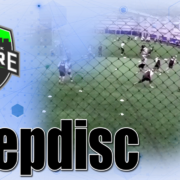







Can you please fix the link for the triple fist bump condition game?
Hey people!!!
HAVE A NICE DAY